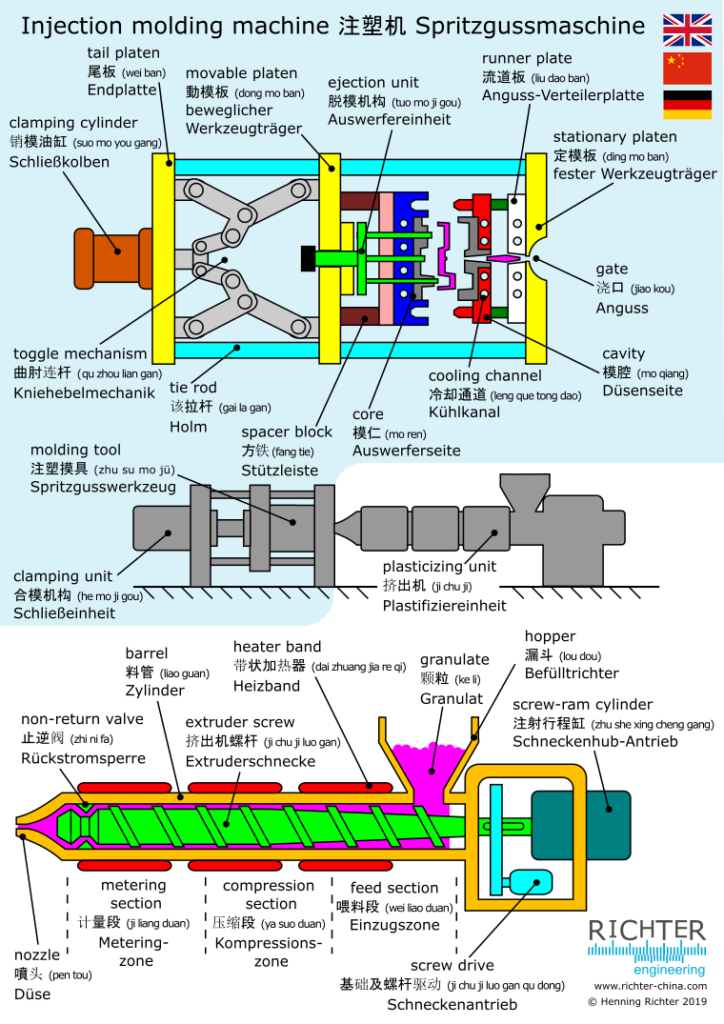

In any assembly line there are operations that can be automated with ease, then there are operations that can only be automated with difficulty at high cost and finally there are operations that virtually cannot be automated.
Some assembly processes well suited for budget automation are:
- picking material from fixtures, trays or reels
- screwing into tapped holes or fixed nuts
- assembling hard components
- soldering, especially when the soldering gear is static while the workpiece moves
- adhesive application
- pressing (e.g. after adhesive bonding)
- sticker application
- electrical hardware testing
- boxing of sufficiently rigid products
Some assembly processes not well suited for budget automation are:
- picking material from bulk (e.g. buttons from a box)
- disentangling components
- part cleaning (e.g. degrease a sticker placement area)
- wiring (crimping, soldering, clamping and routing of cables)
- handling flexible components (e.g. rubber parts, foam pads)
- tying and knotting
- wrapping
- unwrapping (e.g. individually bagged components, bundled wire harnesses)
- protective film removal
- look & feel inspection (e.g. end inspection simulating the end user)
In the following example the goal is to avoid 1/3 of the operator cost by replacing workers with automation. Each operation’s suitability for automation will be displayed as follows:
= automation is easy to achieve
= automation is hard to achieve
= automation is unfeasible
A fully automated line segment will be compared to selectively automated individual operations, both replacing 6 operators. The following simplified assembly line with 18 operators is used for illustration:
Segment automation (full automation):
The common approach is to define a segment of the line where full automation is to be implemented. Such decision making is typically driven either by the intention to have one continuous bus-connected block of automation with a central PLC and interacting robots, or else by the requirement to have one subassembly process fully automated, such as a complete line branch. This fully automated approach is depicted in the following graph, where operations 7-12 are fully automated:
In this segment automation example where the selection of individual operations was not an option, the fully automated segment happens to contain 3 operations that are difficult (and therefore expensive) to automate. Simultaneously, 4 operations that would have been easy (and therefore cheap) to automate are left unaltered (operations 2, 3, 13 and 15).
Selective automation (of individual operations):
The alternative approach to above segment automation is selective automation. The requirement is not to automate a continuous line segment or branch. The concept is to replace the operators where automation is easiest to achieve in order to the reach the lowest possible investment per automated operation.
In this selective automation example the operations that will be difficult and costly to automate are left untouched. The required 1/3 of automated operations all belong to the subset of easy to automate processes. The investment to replace the 6 operators by selective automation is therefore lower than in the previous example of segment automation.
Conclusion:
In an environment where budget matters and where a central controller, 24/7 operation and clean room conditions are not required, it is just as important to know where to avoid automation as to know where to apply it.
Selective automation is how to make this happen.


A trilingual overview of a standard injection molding machine’s basic components.
